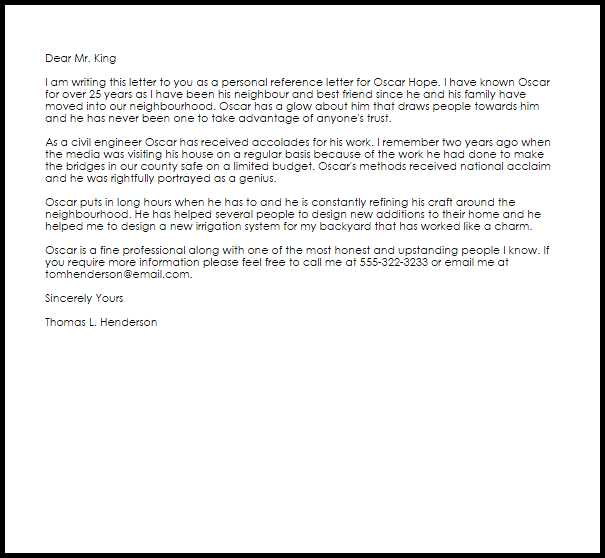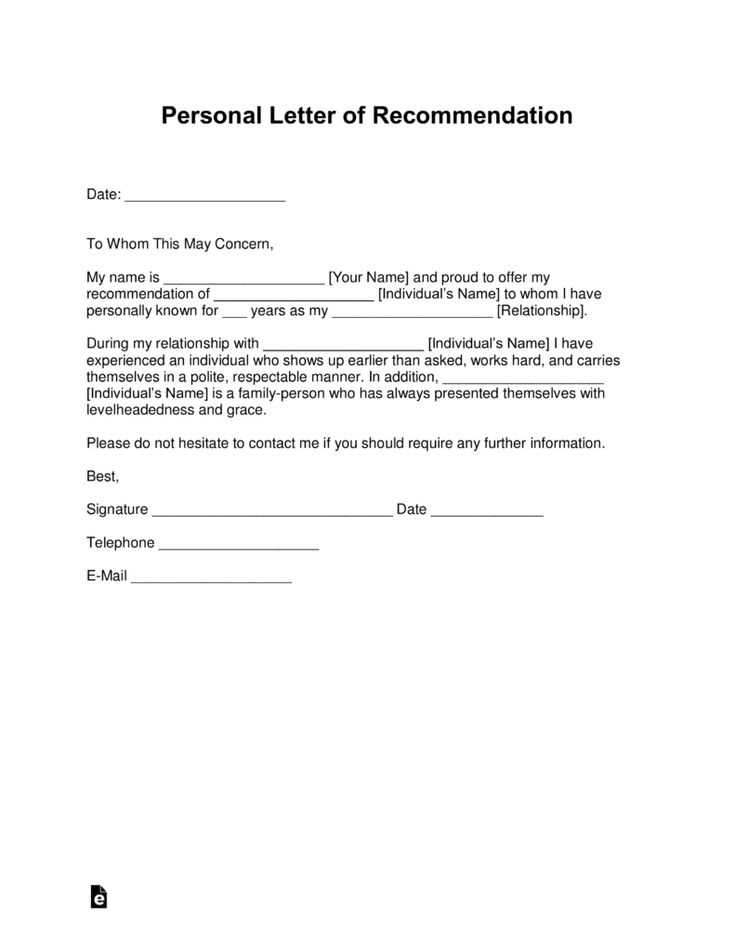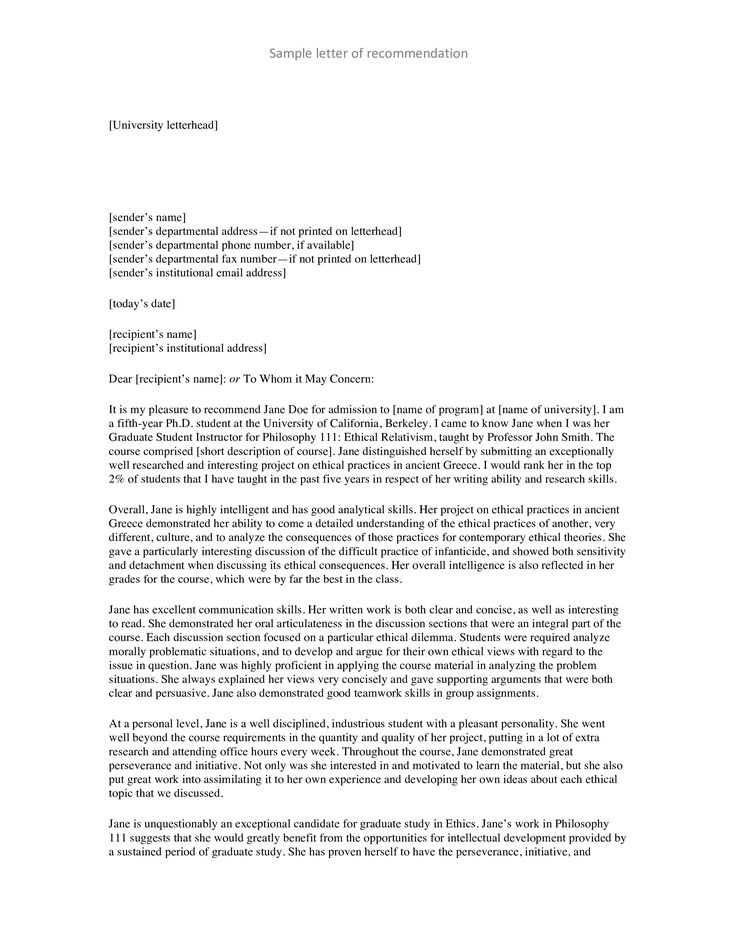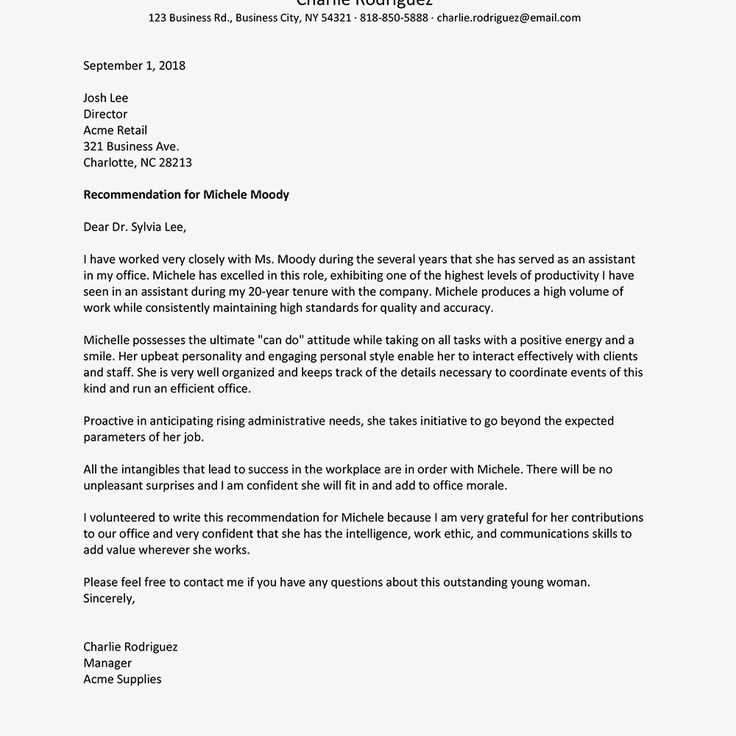Recommendation Letter Email Template for Professional Use

When you need to support someone in their career or academic journey, sending a thoughtful reference can make a significant difference. Whether you are helping a colleague, student, or friend, it’s essential to craft a message that highlights their strengths and suitability for the role or program they are pursuing. A well-written reference can serve as a powerful endorsement, helping the individual stand out.
In this guide, you will find tips and advice on how to compose a persuasive and professional reference message. We’ll cover everything from the structure and tone to the specific details that should be included. By following these best practices, you can ensure your reference stands out and makes a lasting impression on the recipient.
Why You Need a Recommendation Letter
Supporting someone with a strong reference can have a profound impact on their career or academic pursuits. A well-written endorsement can significantly influence a hiring manager or admissions committee, helping them understand the candidate’s qualifications and potential. This is especially important when the individual needs to stand out in a competitive field.
Here are a few reasons why such a reference is essential:
- Credibility: A reference from a trusted individual adds weight to the candidate’s abilities, making their achievements more convincing.
- Opportunity: A personalized endorsement opens doors to new career or educational opportunities by highlighting the person’s skills and qualifications.
- Clarity: Providing specific examples of the candidate’s strengths gives the reader a clearer picture of their suitability for the role or program.
- Impact: A thoughtful reference can help the candidate rise above others, showcasing qualities that may not be evident in a resume or application.
In short, a well-crafted reference can be a powerful tool in making a positive impression and advancing an individual’s prospects.
How to Structure Your Email Effectively
Crafting a well-organized message is essential to ensure your support is conveyed clearly and professionally. The way you structure your content can greatly influence how the recipient perceives both the message and the candidate. An organized format helps present the key points in a logical sequence, making it easier for the reader to digest the information.
Here’s a simple breakdown of how to organize your message:
| Section | Purpose |
|---|---|
| Subject Line | Summarize the purpose of your message concisely. |
| Introduction | Introduce yourself and your relationship with the individual you are supporting. |
| Main Content | Provide detailed examples and key qualities of the person you’re recommending. |
| Conclusion | Wrap up with a strong endorsement and willingness to discuss further if needed. |
| Closing | End with a polite sign-off and your contact information. |
By following this structure, you ensure your message is not only clear but also leaves a positive impression on the reader, enhancing the chances of success for the candidate.
Key Elements of a Strong Letter
A powerful message can significantly impact the decision-making process by showcasing the individual’s strengths and potential. To achieve this, your endorsement should be clear, specific, and compelling. The most effective references highlight the candidate’s qualifications, provide examples of their abilities, and create a strong case for why they are a suitable fit for the opportunity.
Clear Introduction and Purpose
Start by introducing yourself and explaining your relationship with the person you’re supporting. This establishes context and provides credibility to your endorsement. A strong opening sets the tone for the rest of the message and should quickly convey why you’re qualified to speak about their skills and abilities.
Specific Examples of Strengths
To make your endorsement impactful, include concrete examples that illustrate the individual’s key qualities. Focus on their skills, achievements, and experiences that are most relevant to the position or program. Specific instances help the reader understand the candidate’s abilities and how they would contribute to the role.
Personalization is also crucial–mentioning how the individual’s qualities align with the specific opportunity makes your message more engaging and convincing.
By focusing on these essential elements, you create a strong, memorable reference that will leave a lasting impression on the recipient.
Personalization Tips for Better Impact

Tailoring your support to reflect the unique qualities of the individual can significantly increase the effectiveness of your message. A generic statement lacks the depth and connection that a personalized approach offers. By focusing on specific traits and experiences, you can create a more compelling case for why the person is a strong candidate for the opportunity at hand.
Highlight Specific Achievements
Instead of simply listing general qualities, focus on particular accomplishments or situations where the individual excelled. Mentioning relevant projects, achievements, or skills that directly apply to the opportunity adds authenticity and demonstrates the person’s true potential. Personal examples make your message stand out and feel more genuine.
Align with the Opportunity

Customize your support by aligning the individual’s strengths with the specific requirements or goals of the role or program they are pursuing. By showing how their abilities match the needs of the opportunity, you provide a stronger argument for why they are a perfect fit. This approach not only makes your message more relevant but also highlights the individual’s unique qualifications.
By incorporating these personalized touches, you can craft a more impactful message that resonates with the recipient and boosts the chances of success.
Common Mistakes to Avoid in Emails
When crafting a message to support someone’s application or candidacy, it’s important to avoid certain pitfalls that could weaken the effectiveness of your endorsement. Small errors in tone, structure, or content can undermine the credibility of your message and diminish the impact it has on the reader. Being mindful of these common mistakes will ensure that your support is presented in the most professional and convincing manner.
Overly Generic Statements
One of the most common mistakes is using vague or generic phrases that don’t provide any real insight into the individual’s strengths. Phrases like “They are a great person” or “I highly recommend them” don’t add value to the message. Instead, focus on specific qualities or examples that clearly illustrate the person’s capabilities and achievements. Personalizing your message makes a much stronger impression.
Too Much Focus on the Candidate’s Personal Life
While it’s important to highlight the individual’s character, going into excessive detail about their personal life can distract from the main focus. The purpose of your support is to highlight their professional or academic qualifications, so it’s best to keep personal anecdotes relevant and concise. Stick to discussing qualities and experiences that align with the opportunity at hand.
Avoiding these missteps will help you create a more effective and focused message, increasing the chances that your endorsement will have the desired impact.
Best Practices for Sending Your Letter

Once you have crafted a strong and personalized message, it’s important to consider how you will send it. The way you present and deliver your support can impact how it’s received. Following a few best practices will ensure that your message is professional, timely, and makes the best possible impression on the recipient.
- Choose the Right Timing: Send your support in advance of any deadlines to give the recipient ample time to review it. Timing is key to showing that you are considerate and organized.
- Address the Right Person: Make sure your message is directed to the correct individual. Double-check the recipient’s name and position to avoid any errors or confusion.
- Be Clear with the Subject Line: A concise and descriptive subject line helps the recipient immediately understand the purpose of the message. Keep it brief but informative.
- Use Professional Language: Maintain a formal tone and avoid overly casual language. Ensure your message is polite, respectful, and free of spelling or grammatical errors.
- Follow Up if Necessary: If you don’t receive confirmation that your message was received, it’s perfectly fine to follow up politely to ensure it has been reviewed.
By adhering to these best practices, you can ensure that your support is delivered effectively and professionally, increasing the chances that it will be well-received and make a positive impact.